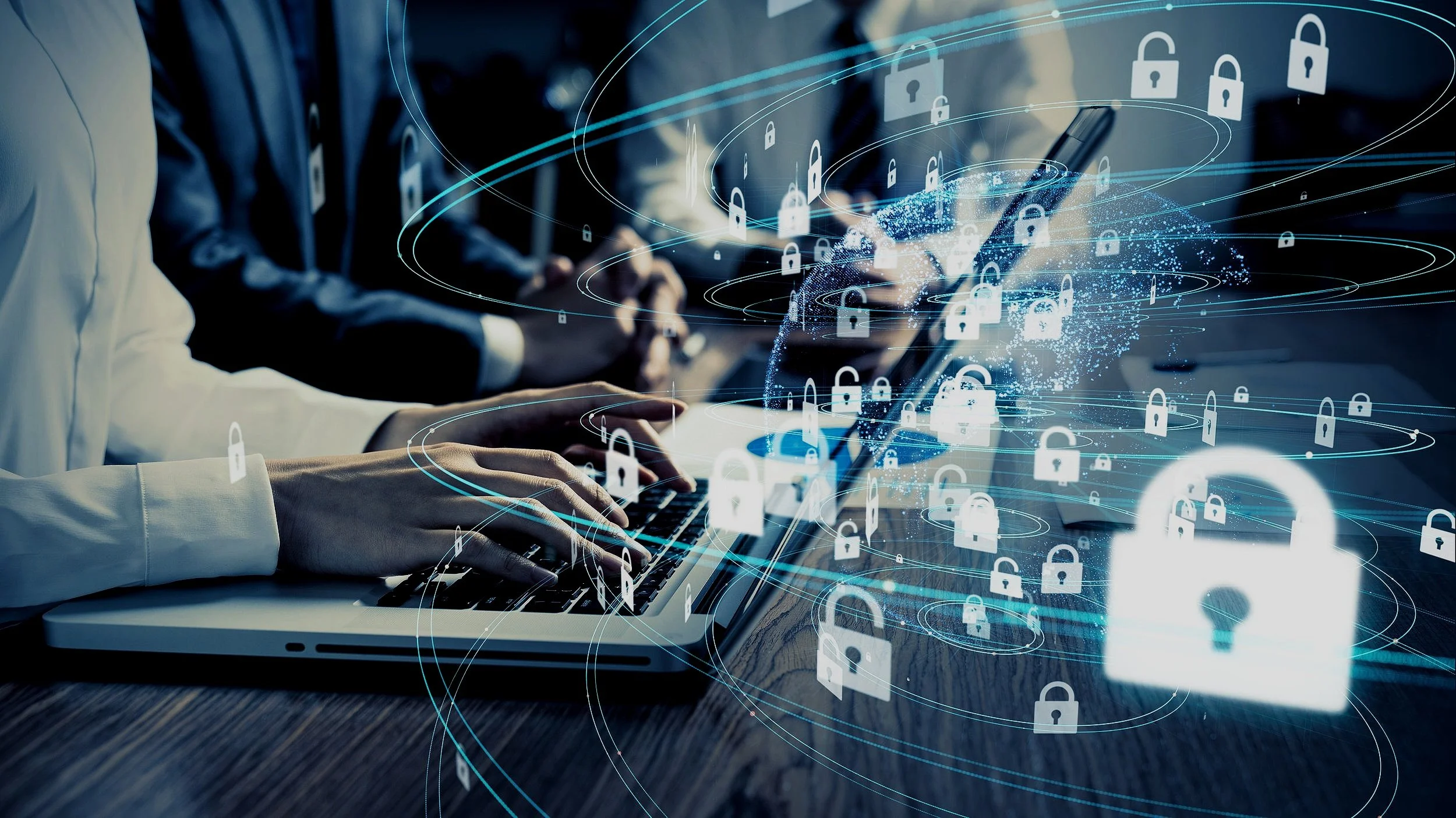Source: MGM/US - Ref.: https://www.imdb.com/title/tt0086617/
There was a marvellous movie back in the 80’s called “The Year of Living Dangerously”. It chronicled the struggles of a group of people trying to go about their lives during a period of civil unrest. The film’s title has since entered popular culture and language. Substitute ‘pandemic’ for unrest and the title might be appropriate for both of the last two years.
But as we head into 2022, there are signs that we might be heading towards what could be termed a year of living safely. There’s a lot more emphasis on finding safe ways of living with the presence of the virus – vaccinations, pre-travel testing, and vaccine passports are beginning to become just part of the way we live, work and play.
We’ve also become far more conscious of common contact surfaces these last two years. More aware that droplets of virus not only hang in the air but land on surfaces. It’s what led to a truly remarkable rise in different forms of contactless payments and interactions.
We have written extensively on here about the renaissance of the QR code, which gained widespread acceptance as retailers and restaurants began to use the codes to display information to customers to not only prevent multiple handling of menus but to speed and automate ordering. We’ve also written about how contactless payments have become not just accepted, but preferred not only by large retailers, but even by small organisations and charity collectors.
However, we’ve also warned about the insecurity lying at the heart of some of those payment methods. Unprotected cards being tapped for payments by thieves while in a bag, wallet, or pocket for example; or misplaced cards found and used by fraudsters ahead of their reporting as lost. And while consumers may not directly suffer the consequences of those fraudulent transactions – because the bank takes the hit – you need to remember that someone always pays in the end and that bank charges rise to cover fraud.
That’s why there is every reason to suggest that while 2022 should be the year of living, working, and playing safely; it should also be the year of paying safely. It should be the year when we ensure our online payments are fully backed and protected by the PSD2 legislation, and it should also be the year when our contactless payments get better protection.
Our Onescan payment system can use specially created and encrypted QR codes to generate payments that are authorised via biometrics or PIN numbers. It can meet all the current and upcoming European and World Bank regulations and is easy for online or physical retailers to implement. And all that the customers need is a smartphone with a camera.
There is no app to download, and there’s also no central store of banking or financial information that can be hacked or stolen. Each customer’s information is only accessed from their phone, protected by their password, PIN or biometric sign in. It’s a contactless payment, with no upper limit on the amount, that comes with built-in personal security and protection.
Every day seems to bring news of another hack, data breach, or attempt to fraud. Let’s make 2022 the year of paying safely, and ensure we act to better protect our contactless systems.


